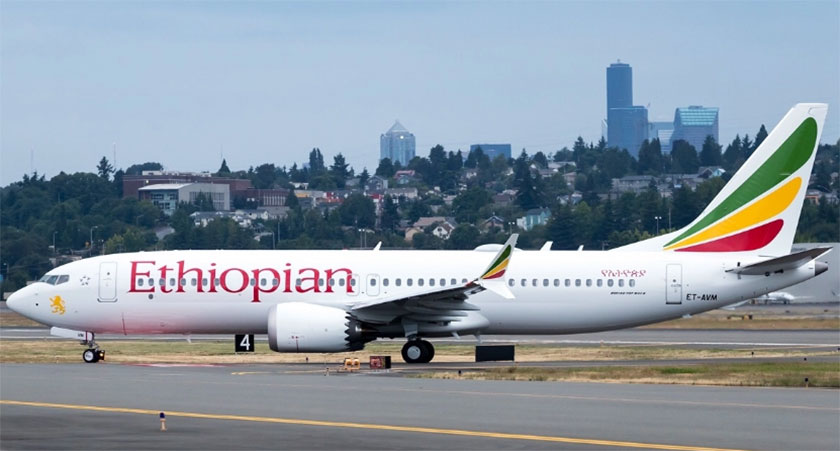Addis Ababa: The pilot of the Ethiopian Airlines plane that crashed requested permission ‘in a panicky voice’ to return to the airport shortly after takeoff, ‘The New York Times’ reported Friday.
The report cited ‘a person who reviewed air traffic communications’ from Sunday’s flight stating that controllers noticed the plane was moving up and down by hundreds of feet, with its speed appearing unusually fast.
An airline spokesman has said the pilot was given permission to return. But the plane crashed few minutes later killing all 157 on board.
French authorities now have the plane’s flight data and voice recorders for analysis. The agency in charge of the review however, has said it is still unclear whether the data could be retrieved.
In Ethiopia, officials have started taking DNA samples from victims’ family members to assist in identifying remains.
The decision to send the flight recorders to France was seen as a rebuke to the United States, which held out longer than most other countries in grounding the jets. The US National Transportation Safety Board however, has sent three investigators to help French authorities.
The US Federal Aviation Administration grounded the Max 8 planes Wednesday, stating regulators had new satellite evidence that showed the movements of Ethiopian Airlines Flight 302 were similar to those of Lion Air Flight 610. That flight crashed into the Java Sea off Indonesia in October, killing 189 people.
Satellite-based data showed that both the planes flew with erratic altitude changes that could indicate the pilots struggled to control the aircraft. Both crews tried to return to the airport.
How long the planes stay grounded depends largely on what investigators find on the cockpit voice and flight data recorders, said Peter Goelz, a former managing director for the NTSB.
Investigators looking into the Indonesian crash are examining whether the software automatically pushed the plane’s nose down repeatedly, and whether the Lion Air pilots knew how to solve that problem by throwing toggle switches and cancelling the automated nose-down commands. Ethiopian Airlines has said its pilots received special training on how to deal with the Max’s anti-stall software.
At the crash scene in Hejere, about 50 kilometres from here, searchers continued to pick through the debris. Blue plastic sheeting covered the wreckage of the plane.
Anxious family members who had begun giving DNA samples waited for news on when identifications of remains would begin, and whether they would have anything to bury.
“We are not told what they have found so far,” Faysal Hussein, whose cousin was killed, told this agency.
AP
